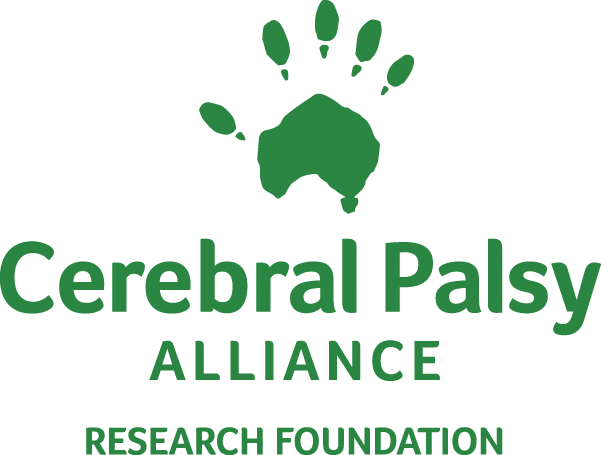The General Movements Assessment is a quick, non-invasive and cost-effective way to identify neurological issues which may lead to cerebral palsy and other developmental disabilities. The assessment can be conducted from birth to 3 months of age.
How is the assessment done?
The assessment can be done by observing the baby as they lay in a natural situation, such as on a mat on the floor. However the assessment can best be done by watching a video of the child in that same situation. In Australia, a small but growing number of therapists, doctors and nurse specialists have been trained in the assessment technique.
Should my child have the assessment?
If your child is under 18 weeks post term age and there were medical concerns at birth (prematurity, lack of oxygen, stroke or congenital heart disease) the General Movements Assessment may give extra information of how the baby’s neurological system is developing. The assessment is not used as a screening tool for healthy babies.
Please speak to your medical practitioner or therapist if you have any concerns about your baby.

